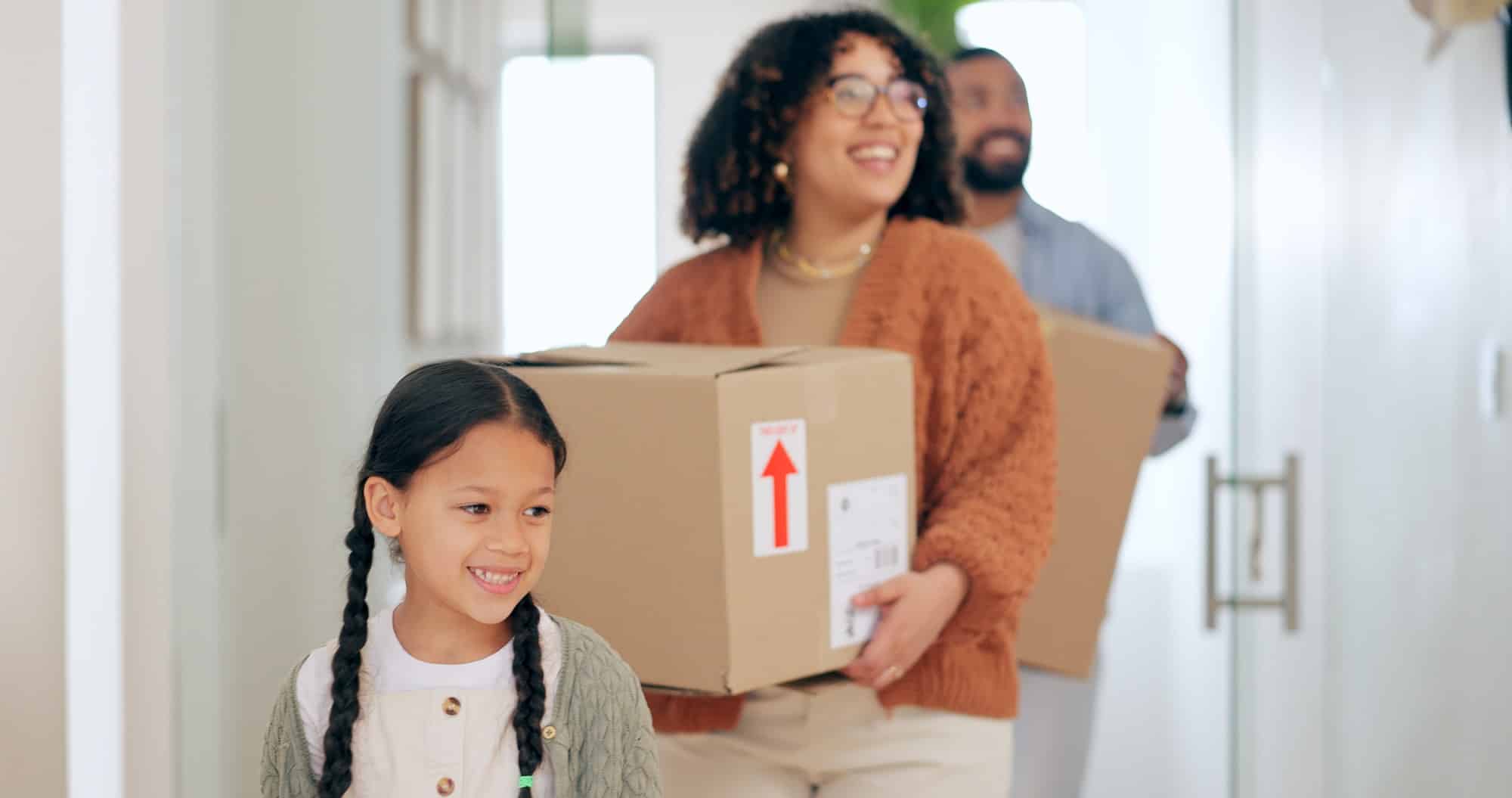Creating a safe room in a family home is not just a trend but a vital security measure in today’s world. It’s a hidden space you can retreat to in case of a break-in, an attack or any unforeseen danger. It’s the space where you can hide your family and yourself until help arrives. The trick lies in creating a safe room that is not only fortified but also unnoticeable. So, what’s the best method to create a disguised safe room in your house? In this article, you’ll learn about some techniques and tips which will help you create the perfect hidden safe room.
1. Choosing the Right Room
The first step in creating a safe room is choosing the right room. This decision will depend on the layout of your house and the number of rooms available. A safe room should be easily accessible, especially in an emergency situation. It should also be a room that can be fortified and hidden easily.
Sujet a lire : What’s the Most Space-Efficient Way to Store Winter Gear in a Small Entryway?
Your master bedroom can be a good choice due to its size and the fact that it usually has a bathroom attached. This means that even if you’re stuck inside for a long period, you’ll have access to water and toilet facilities. Another good option can be a walk-in closet or a pantry. These rooms are usually small and inconspicuous, making them less likely to be targeted by intruders.
The key is to choose a room that will not arouse suspicion if its door remains closed for long periods. It should also be located near the parts of the house where you spend most of your time, enabling you to get there quickly if needed.
A lire également : How to Incorporate Smart Home Devices to Track Indoor Air Quality?
2. Fortifying the Room
Once you’ve chosen the room, the next step is to fortify it. This involves reinforcing the doors, windows and walls, making the room impregnable.
The door is the first line of defense. Opt for solid doors made of steel or solid wood. These doors are more resistant to attacks than hollow doors. You should also reinforce the door frame and use multiple locks to strengthen the door’s security.
The windows in the room should be fortified. If possible, install bulletproof or shatterproof windows. You can also use security film, which is an inexpensive alternative that can prevent glass from shattering under the impact.
It’s also important to reinforce the walls of the room. You can use materials like Kevlar or other ballistic materials. While these may be expensive, they offer the best protection against attacks.
3. Disguising the Room
Now comes the most challenging part – disguising the room. The purpose of a safe room is not just to protect you, but also to hide you. Therefore, your safe room should blend in with the rest of the house, giving no indication of its existence.
One popular method of disguising a safe room is by using a bookcase door. It’s a door that looks like a bookcase but can be opened like a door. This can effectively hide the entrance to your panic room.
You can also use hidden doors that blend with your walls. These are doors that are designed to look like part of the wall, making them almost invisible. There are companies that offer custom-made hidden doors in various designs.
The entrance to your panic room can also be hidden behind a painting or a mirror. These items can easily conceal a door, making it difficult for someone to find your safe room.
4. Equipping the Room
After you’ve fortified and disguised your safe room, it’s time to equip it. This involves stocking the room with necessary supplies and security systems.
In an emergency, you may have to stay in your safe room for an extended period. So, stock the room with essential supplies like food, water, medical kits, blankets, and other necessities.
As for the security systems, install a good security camera system inside the room. This will allow you to monitor what’s happening outside the room. You should also have a good communication system that allows you to call for help.
In conclusion, creating a disguised safe room in your family home involves careful planning and execution. While it may require an investment, it’s a small price to pay for the safety and security of your loved ones.
5. Maintaining the Secrecy
The final step in creating your disguised safe room is maintaining its secrecy. You should only tell the people who absolutely need to know about it. This includes family members who live in the house and trusted friends who might need to use it in an emergency.
Try to avoid visiting the safe room unnecessarily, as frequent visits can arouse suspicion. And of course, the entrance to the safe room should always be well concealed, even when it is not in use.
Remember, the effectiveness of a disguised safe room depends not only on its construction and equipment but also on the discretion of the people who know about it. So, keep your secret room a secret, and it will serve its purpose effectively.
6. Other Considerations for your Safe Room
While the aforementioned steps provide a comprehensive guide to creating a disguised safe room, there are other factors to consider to make your safe room as effective as possible.
One of these factors is ventilation. Your safe room will need a dedicated ventilation system to keep the air supply fresh. This is particularly important if you have to remain in the room for a long period of time. Consult with a professional to understand the best way to install a discrete ventilation system that will not compromise the secrecy of your safe room.
Noise insulation is another factor to consider. To avoid detection during a break-in or an attack, it would be beneficial to insulate the room to minimize noise transmission. There are various insulating materials available in the market for this purpose.
As you are creating a secret room, it’s essential to consider the lighting. The lighting should be sufficient for you to see clearly, but not so bright as to draw attention to the room from outside. Opt for LED lights, as they are energy efficient and have a longer lifespan.
Lastly, don’t forget to make your safe room comfortable. A panic room isn’t just a bare-bones bunker; it should be a place where your family members can stay for an extended period of time if necessary. Consider including comfortable seating, bedding, and sanitation facilities.
7. Conclusion
Creating a disguised safe room in your family home may initially seem like a daunting task, but with careful planning and execution, it can be achieved. Opting for a hidden door like a vault door or a bookcase door can effectively conceal your safe room, while fortifying the chosen room ensures high security during potential threats.
Remember, the safety of your family members is of paramount importance and building a safe room adds an extra layer of security. But beyond creating the room, maintaining its secrecy is key. Every family member should understand the importance of keeping the room hidden and only using it during emergencies.
Whether you’re considering adding a safe room to your project gallery or you’re simply seeking insights on the project, this guide offers a comprehensive overview of everything you need to know. The process may involve some investment but the outcome, which is the security and peace of mind of your family, is worth every penny.
In the end, the mission is not just to build a "safe" room but build a "room" that keeps your "home" safe.






